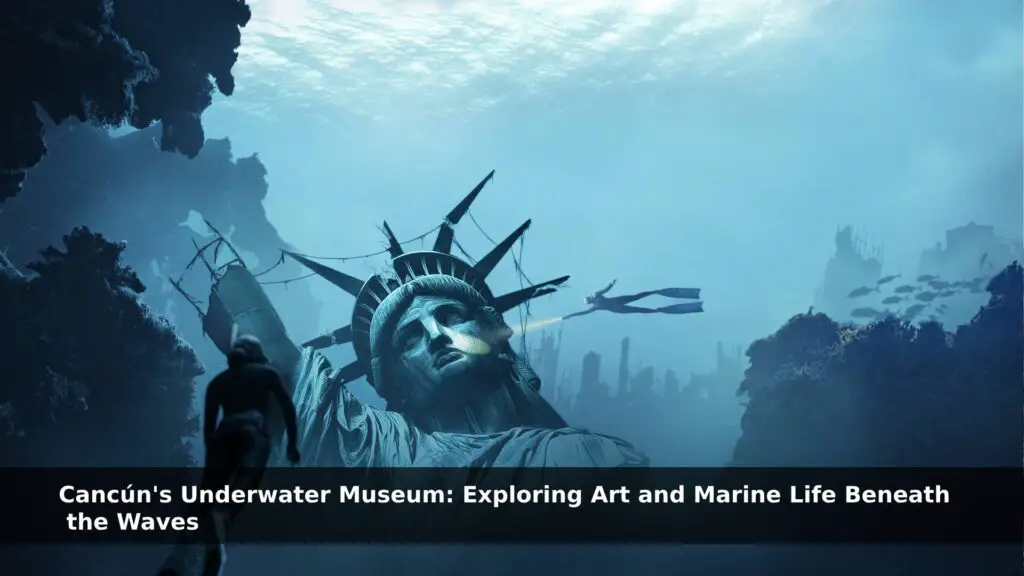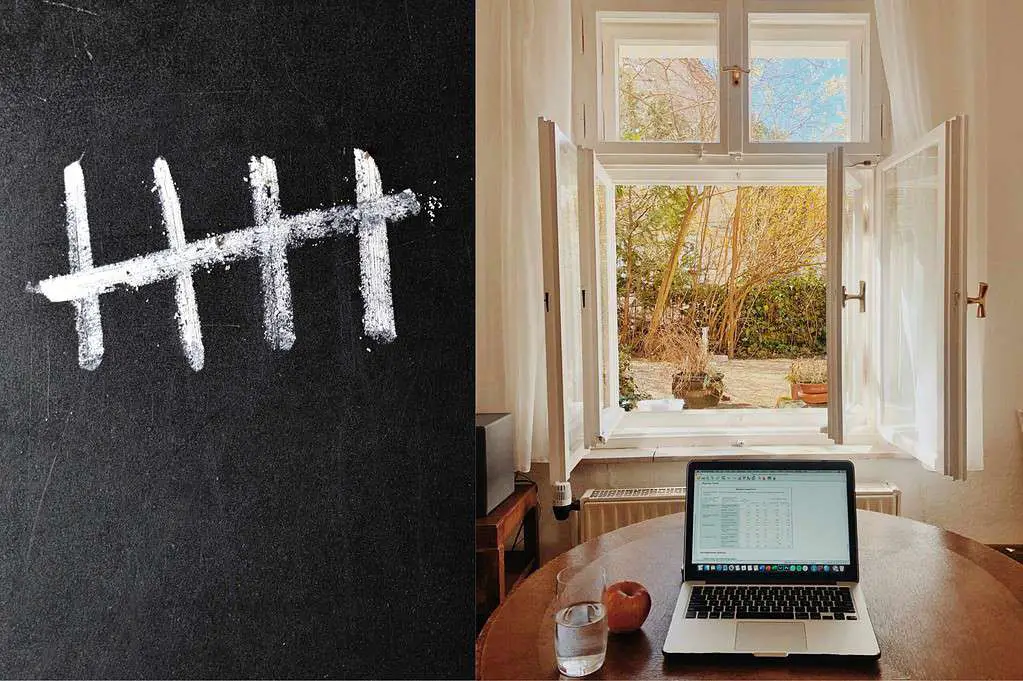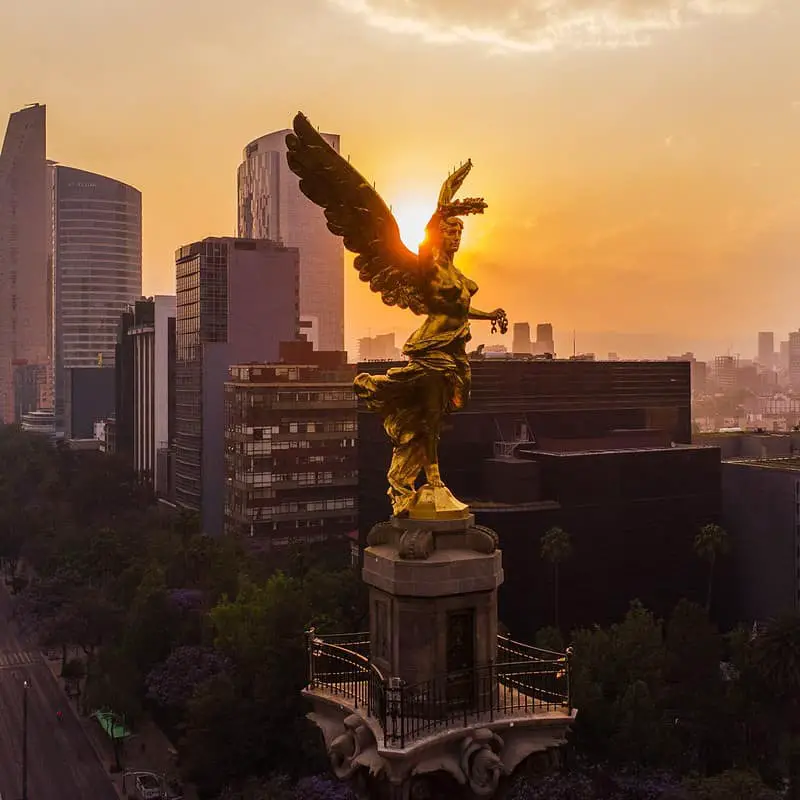Submerged Splendors: Where Creativity Meets Conservation
Table of Contents
Cancún Underwater Museum
Have you ever fantasized about diving deep beneath the ocean’s surface, not just to witness the mesmerizing dance of marine life but also to explore an art gallery like no other? Well, Cancún has a breathtaking surprise waiting for you. Dive masks on, folks—today, we’re diving into the enchanting world of Cancún’s Underwater Museum. It’s where art meets aquatic life, creating an unparalleled experience that promises visual delight and a deeper appreciation for our oceans. Ready to get your fins wet and journey through an underwater realm of sculptures? Let’s dive in!
The Genesis of the Museum

The inception of Cancún’s Underwater Museum, officially known as MUSA (Museo Subacuático de Arte), stems from a deep-rooted concern for the well-being of the ocean and its coral reefs, which were showing distressing signs of degradation due to climate change and tourism-related impacts. The museum was established as a visionary response to these concerns, aiming to provide an alternative dive site and alleviate pressure from the natural reefs, allowing them to recover. The brilliant minds behind this pioneering endeavor include British sculptor Jason deCaires Taylor and local marine biologists and dive shop owners Jaime Gonzalez Cano and Roberto Diaz. The three dreamed of creating an underwater refuge where art would inspire the world’s divers while playing a transforming role in supporting coral growth. A mutual passion united them for marine conservation and the arts.
Art Beneath the Waves

Diving into the waters surrounding Cancún’s Underwater Museum, one is immediately enveloped in an ethereal world of artistry and nature intertwined. The museum boasts over 500 life-sized sculptures, all meticulously designed by a team of artists led by the renowned British sculptor Jason deCaires Taylor. These aren’t mere statues placed on the seabed; each piece tells a story, ranging from depictions of everyday people engaged in ordinary tasks to hauntingly beautiful representations of mythical entities. As the sculptures are made primarily from pH-neutral marine concrete, they’re designed to coexist harmoniously with their underwater environment. Over time, these art pieces undergo a remarkable metamorphosis. Coral polyps attach to the sculptures, algae sweep over their contours, and marine creatures make homes around and within them. This symbiotic relationship creates a dynamic canvas where art constantly evolves, reflecting the fluidity of the marine world. Certain standout pieces have captured the world’s attention among the numerous sculptures. “The Banker” portrays businessmen with their heads buried in the sand, a poignant commentary on climate change denial. Another awe-inspiring sculpture is “The Silent Evolution,” an assembly of 450 human figures representing a society seeking harmony with the marine environment. In its silent depth, each sculpture speaks volumes about our relationship with nature, nudging divers to reflect on their connections with the world beneath the waves.
Marine Life Among the Masterpieces

While Cancún’s Underwater Museum’s sculptures are captivating, the abundant marine life that interacts, thrives, and dances around these structures adds a vibrant layer of life to this submerged gallery. As divers descend into this artistic realm, they’re often greeted by schools of colorful fish like parrotfish, angelfish, and grunt fish darting between and around the statues. The delicate fingers of corals, ranging from brain corals to fire corals, begin to grasp and grow on the surfaces of the sculptures, slowly but surely turning inert art into bustling micro-ecosystems. Curious sea turtles, majestic stingrays, and even the occasional nurse shark can be spotted, using the sculptures as navigational markers or rest stops.
What’s truly heartwarming to witness is how the museum has transformed into a thriving refuge and breeding ground over the years. The sculptures acting as artificial reefs provide much-needed protection and substrate for a myriad of marine species. Many species of fish have been observed spawning around the statues, indicating the project’s success as an art installation and a conservation initiative. The textured surfaces, nooks, and crannies of the sculptures offer an ideal space for small marine creatures, such as crustaceans and mollusks, to establish their homes, further enriching the area’s biodiversity. In essence, the museum is not just a static display of human creativity but a dynamic, evolving testament to the resilience and beauty of marine life.
Conservation and Awareness

At the heart of Cancún’s Underwater Museum lies an unwavering commitment to marine conservation. Beyond its aesthetic appeal, the museum is a powerful testament to innovative approaches to preserving our fragile marine ecosystems. Ecologically, introducing these art pieces has had a multifaceted impact on marine conservation. The museum plays a pivotal role in coral rehabilitation by providing structures that mimic natural reef formations. These sculptures, made from pH-neutral marine concrete, are biocompatible, making them ideal canvases for coral larvae to attach, grow, and flourish. Over time, the accumulation of coral creates a thriving habitat, attracting a diverse array of marine species.
Furthermore, the museum astutely addresses a pressing concern: the wear and tear on natural reefs caused by burgeoning tourist numbers. With an ever-increasing global interest in diving, natural reefs, especially those around Cancún, were experiencing detrimental effects from anchor drops, accidental physical contacts, and even sunscreen pollution. By drawing a significant portion of the diving community to its grounds, the underwater museum effectively redistributes the human impact. Divers and snorkelers now have an alternative site to explore, allowing natural reefs some respite and an opportunity for recovery.
But beyond its direct ecological benefits, the museum is an educational epicenter. It’s a visual, tangible lesson on the delicate balance of marine ecosystems, stirring divers and tourists to introspect their environmental footprint. By merging art and ecology, the museum fosters a deeper awareness and understanding of the oceans, propelling many towards more sustainable choices and advocating for protecting our blue planet.
Visiting the Museum: Practical Tips

Stepping into the ethereal world of Cancún’s Underwater Museum is an experience like no other, but to ensure that your adventure is smooth and fulfilling, here are some practical pointers to keep in mind:
- How to Get There: The Underwater Museum is situated off the coast of Isla Mujeres and Cancún. The easiest way to reach it is by taking a boat from Cancún or Isla Mujeres. Most tour operators provide round-trip boat rides as part of their dive or snorkel packages. If you’re staying in a resort in Cancún, they often have their dedicated tours, or they can assist in arranging one for you.
- Best Times to Visit: While the museum is open year-round, the best times to dive are between May and November. These months offer the clearest visibility, calmer seas, and warmer waters. However, to avoid larger crowds, consider visiting during the shoulder months of May and November. Always check the weather forecast before arranging your dive because September and October are the height of hurricane season in the Caribbean.
- Dive Certification Requirements: You must have at least an Open Water certification from a recognized diving organization like PADI or NAUI for scuba diving. Snorkeling is an excellent alternative if you still need certification but wish to experience the museum. The sculptures are placed at various depths, with many being easily visible from the surface. For those interested in getting certified, many dive shops in Cancún offer certification courses that can be completed in a few days.
- Recommended Tour Operators: Several operators offer trips to the Underwater Museum, but choosing those with strong reviews and a commitment to conservation is essential. Some of the top-rated ones include Aquaworld, Scuba Cancún, and Dive with Ruben. These operators often provide additional services like equipment rental, refreshments, and guided tours, ensuring you have an insightful and safe experience. Remember to check if they have eco-friendly practices, like using biodegradable sunscreen and ensuring that anchors aren’t dropped on natural reefs.
Planning your visit with these tips will ensure a memorable, eco-conscious experience at this underwater marvel. Dive safe and enjoy the mesmerizing blend of art and nature!
Summing Up!
Cancún Underwater Museum: The Cancun Underwater Museum is a moving example of the endless opportunities that result from the union of art and nature. Through this innovative union, we are not just presented with static sculptures but are invited to witness the evolving dance of marine life as it embraces and intertwines with human creation. The museum serves as a sanctuary for the ocean’s inhabitants and a canvas that narrates the transformative power of collaboration between man and nature.
Looking ahead, the ripples created by this project resonate far and wide, inspiring a global audience to rethink how we engage with our environment. Potential future projects inspired by the museum’s success might include similar underwater galleries in regions facing reef degradation or even immersive on-land installations that blend local flora and artistry. The success of the Cancún Underwater Museum underscores a hopeful message: that with imagination, dedication, and respect for our planet, we can create spaces that not only inspire awe but also drive meaningful change. The fusion of art and nature presents an uncharted frontier, beckoning future visionaries to further explore, innovate, and conserve.




